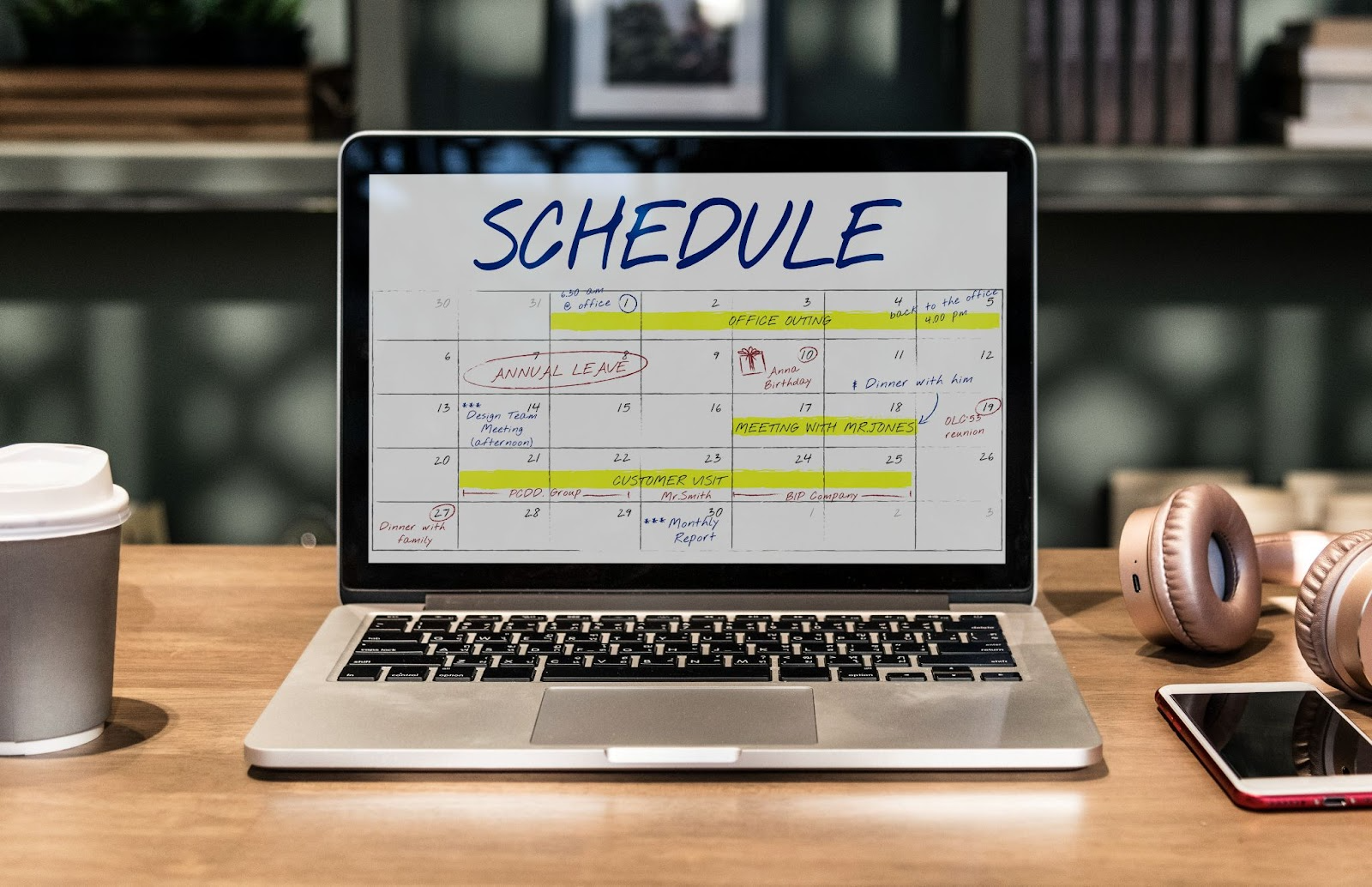The typical workweek in the United States is 41.5 hours, yet, most of that time is lost due to poor scheduling and time management. With that many hours to spare per employee, it’s critical that your company has a good timetable in place.
A workforce schedule is a document that details employees’ shifts and hours. It should be planned to maximize production while minimizing downtime. When done correctly, it can help businesses save money and run more efficiently; however, if ignored, it can result in lost productivity and dissatisfied staff.
Creating an effective workforce plan can be difficult, but with the finest scheduling tool, managers can develop a schedule that will assist their employees in being more productive and efficient.
Table of Contents
Unlocking Business Success: The Importance of Creating an Efficient Employee Schedule
Creating a precise employee work schedule is critical to bring clarity and organization to the work process. Employees may struggle to grasp their work hours, objectives, and goals without a specified timetable, confusing and losing productivity. Employees have a reference point to direct their work activities when a formal timetable is created, resulting in enhanced work quality, better time management, and increased job satisfaction.
Effective scheduling is critical in many facets of corporate management. It gives structure and direction to the work process, fosters a good work-life balance, especially in remote working environments, and assures efficient workload, compensation, and compliance management.
Businesses may optimize their personnel, enhance productivity, and develop a pleasant work culture by employing a well-planned timetable.
Tips for creating an effective employee schedule
Now that we’ve established the significance of developing and implementing a work schedule for employees, you might be asking about the finer points and how to do it. These suggestions may be helpful:
Tip 1. Know the scheduling requirements.
Careful planning and preparation are crucial elements of creating an efficient employee work schedule. To begin with, all that is required is to identify and outline the business’s specific requirements. Scheduling shifts can prove challenging and ineffective without a clear understanding of the necessary skills and resources.
Tip 2. Keep track of employees’ availability.
It is critical to track your employees’ availability by tracking their available hours and preferred working schedule to develop an efficient workforce scheduling system. To keep this information accurate, it is advised that you use the best time-tracking app. This allows you to organize and assign jobs properly while maintaining maximum productivity and staff satisfaction.
Managers can construct a schedule that works for everyone once they have this information. When possible, use the data to schedule staff for their preferred hours.
Tip 3. Use technology.
With technological advancements, the business landscape has witnessed an influx of apps and software solutions catering to various needs, including workforce scheduling and management. Using robust software can prove invaluable in designing an efficient and optimized employee schedule. This approach streamlines the scheduling process, reduces errors, and enables effective task allocation, ultimately improving operational efficiency and productivity.
Choosing the best time-tracking app for your business, such as eRS, can be extremely beneficial in creating an efficient and effective workforce schedule by tracking your employees’ availability.
Tip 4. Develop the schedule around your employees.
Creating an effective work schedule requires managers to consider not only employee availability but also their skill sets and job functions. Allocating work based on employees’ strengths and expertise can enhance their productivity and job satisfaction, ultimately leading to better work output. While scheduling top-performing employees for every shift may not always be possible, strategic scheduling can ensure that the team is equipped with the necessary skills to achieve optimal performance.
Each team member will have various abilities and constraints. They are all striving to schedule individuals with diverse skills so that they always have a solid team of employees working.
Tip 5. Optimizing Schedules by Using Diverse Start and End Times.
A staggered work plan can be implemented by altering staff arrival and departure hours, reducing traffic, and enhancing commute convenience. This strategy can also include staggered break times to ensure enough coverage of crucial duties like front desk help and phone answering. Such actions boost operational effectiveness and improve workers’ overall workplace satisfaction.
To establish a staggered schedule, managers must maintain a record of their workforce count and their respective operational hours. Subsequently, they can group employees based on similar starting and concluding times. Keeping track of employees and their schedules can be facilitated by using a robust time-tracking app.
Enhance employee accountability by utilizing the best time-tracking app.
Owners can track their employees’ activities using a cloud-based time-tracking app, eRS, from a single dashboard. They can monitor each employee’s activity at work with the use of the eRS. Owners and managers can use it to measure their productivity and ensure the requirements are satisfied.
eRS resource management software provides numerous essential tools to assure your staff’s productivity and efficiency:
- Time tracking cards
- Color codes for easy identification
- Approval screens
- Workflow approval
- Time tracking report
A work schedule is essential for completing tasks promptly and orderly. Create a work plan that strives to cut labor costs while getting the most work done in the least amount of time. A work schedule is a vital structure that supports long-term success when working under it. This article will assist you in developing an ideal work schedule for your employees. Use eRS to increase your employees’ performance.

